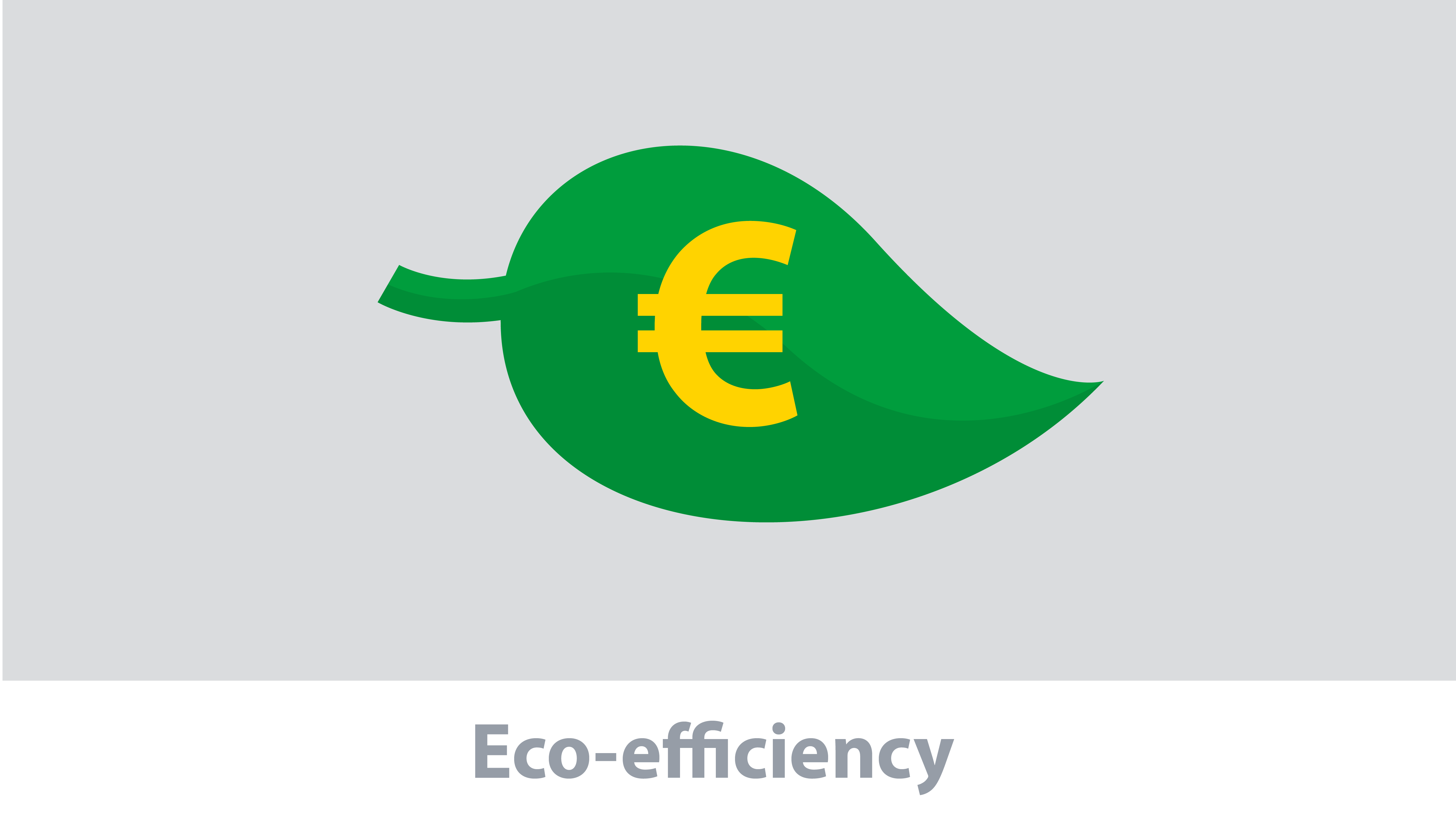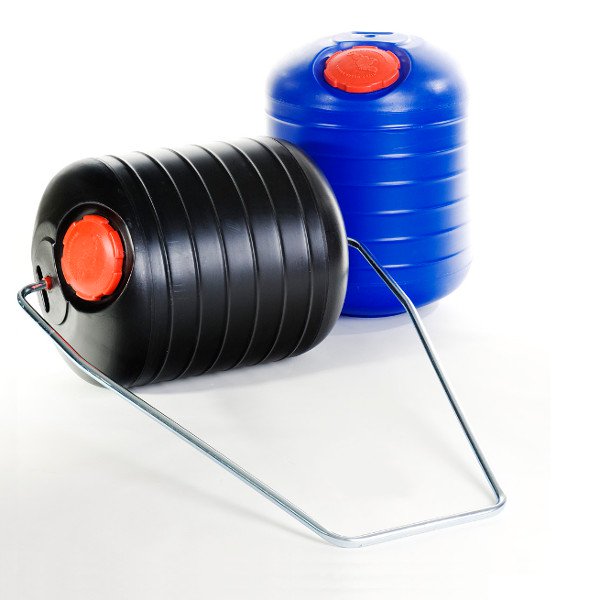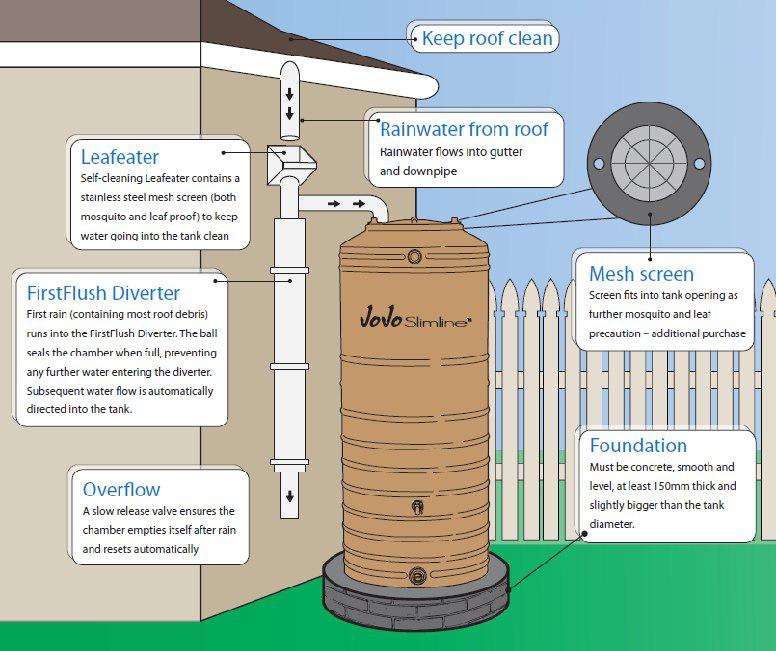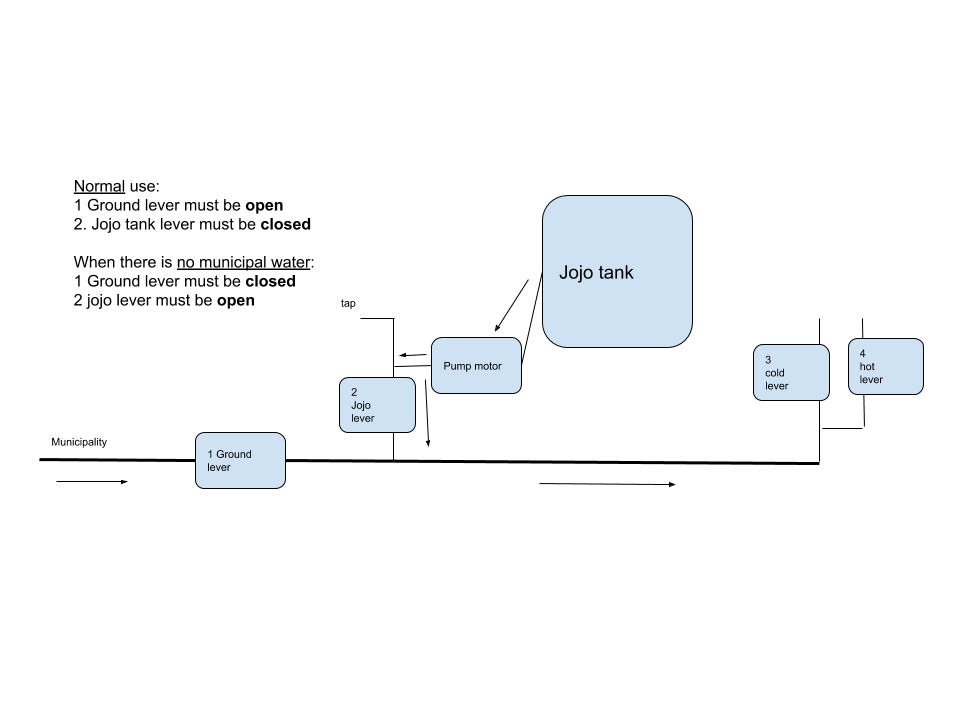Flask on AWS Serverless: A learning journey - Part 2
About 3 years ago I learnt some basic Python, which I've used almost exclusively to

South Africa, like the rest of the African continent, is one of the richest countries blessed with natural resources. We have valuable minerals like gold, diamonds and stones, as well as one of the cleanest supplies of water. However, like the rest of Africa, we have taken it for granted, and with these becoming more and more scarce, we now need to quickly come up with ways for efficient use of these ever increasingly scarce resources.
South Africa has recently gone through some tough times, with ageing infrastructure causing issues like the electricity crisis, that was a well known issue during the 2010 World Cup in SA. This was caused by increased usage, and and increasing population that was putting strain on infrastructure that was not well maintained after the end of apartheid by the new regime.
While South Africa is claimed to have one of the cleanest natural tap drinking water, not all South Africans have access to clean water. When apartheid ended in 1994, the figure stood at 62% of households with access to clean water, but recently this is claimed to be at 94%. However, there are many rural towns, where people have to walk for long distances and carry water back home. These are usually carried on peoples heads, and young children and women are commonly seen doing this hard labour. Smarter devices allow water to be rolled along in a container, slightly lessening their burden. The quality of water is also reportedly to be dropping

There has also been a recent drought in SA, that has severely tested the water reserves. 'Day Zero' is being planned for in Cape Town - the day that the taps will run dry unless residents save vast amounts of water and new sources of the resource come online.
Sadly though, SA has not learnt to use its resources efficiently. Pure drinking water is still used for sanitation - for flushing of toilets in homes and business. There is no proper use of grey water, which is normally not reused.
Greywater is all wastewater generated in households or office buildings from streams without fecal contamination, i.e. all streams except for the wastewater from toilets. Sources of greywater include, sinks, showers, baths, clothes washing machines or dish washers.
This comes down to how houses have been built, that are not designed for efficient power and water usage. Here are a few solutions to consider:

SA normally has very good rainfall, and saving and efficient use of rain water makes sense, especially due to the recent drought. Due to urbanisation, with increased roads and buildings, has affected the absorption of rain water into the ground, further deteriorating the water crisis. So in order to efficiently use rain water that falls on our roof, we recently installed a tank to capture rain water from the gutters, and store it for later use, like watering garden, washing of cars, and even the ability to push it back into the main water supply into the house.
This is the typical setup:

Water from the gutters are diverted to a central point, where is collects in a tank. We have a flat roof, and all our gutters are on one side of the house, so we only had to realign a few to slant to a central point. We put in a tank to collect the water. The most important thing is to keep the water clean, to ensure leaves and debris don't get into the tank that will rot and decay. There are various mechanisms, like the leaf catcher and diverter, to ensure water is as clean as possible when going into the tank.
Then a motor is placed after the tank to pull water into a tap. There are other ways of placing the tank, like on the roof or a high place, and then gravity can be used to push the water out to a tap or hose pipe. The below items was used in our build, together with the costs, which came to a total of about R10 000:
Here is an article with some good detail
This is how mines turned out:

And the levers determine how to route water, either jsut outside, or into the house when required:

When designing houses, to efficiently collect water, the roof must be built in such a way to allow maximum collection of water at a central point.
Water that comes from our taps and showers could be used for flushing of toilets. By separating of the inlets and outlet taps, and using filters to block dirt, grey water could also be pushed into a tank that can be later used for flushing of toilets.
Adding onto the tank used for rain water collection, houses should be built with separate pipes for inlets and outlets. This will allow the rain water from the tank to be pushed back into the pipes used to flushing toilets, and perhaps even some taps.
Another separate issue is when we let the hot water tap run in order to wait for the hot water to start flowing from the geyser. This normally leads to quite a bit of wasting of water, and in my estimate, about 5 liters is lost early in the morning, the first time the tap is run. This obviously depends on the distance from the geyser. There are a few solutions to help curb this loss, which includes:
A lot of water is wasted during showers. Some ideas to cut down on wastage could include:
The typical electric geysers are really old tech, that store and warm water, pretty much like a big kettle, and account for a large portion of our power bills. Gas geysers on the other hand are almost instant heaters, in that they don't store water, rather they have flames that heats the pipes and the water passing through it. So it does not cost you anything when you not using, unlike a traditional geyser. In addition, gas is quite cheap, so you can expect some significant savings.
They not perfect though, as tap mixers can affect them, and depending on the size of the gas geyser, they meant to serve a limited amount of taps. But its perfect for the kitchen, or the guest bathroom.
Solar technology has really come a long way. Its quite common to see solar panels on roofs, mainly used for pool heaters. But they can be used inside the house as well. Solar geysers are quite common as well.
Homes should be designed so that the roofs are conducive for solar panels, facing the correct direction, and maximising the use of the roof for panels.
This awesome article gives a lot of details on geo-thermal heatpumps, which shows how efficient they are, by using the surrounding environment to create heat.
Many people might ignore these efficiency solutions, because the cost model might not work out. As in, the payback period might be tool long, making it cheaper to just continue as is. What that mindset ignores, is that water, gas, oil, and coal are not renewable sources and once they are gone, well, they gone. So even if these alternative efficiency solutions ar'nt cheaper in the short run, they make the best use of a limited supply of natural resources. Hence I'm going to ignore seawater desalination as a efficiency solutions, since that means people will ignore these solutions, because of the abundance of sea water.
These tips can assist you in the journey to going 'off the grid', where you are not reliant on power from the city or power provider.
Thanks for reading!